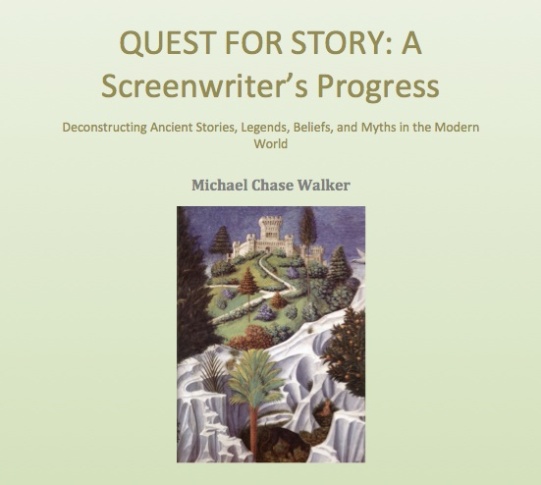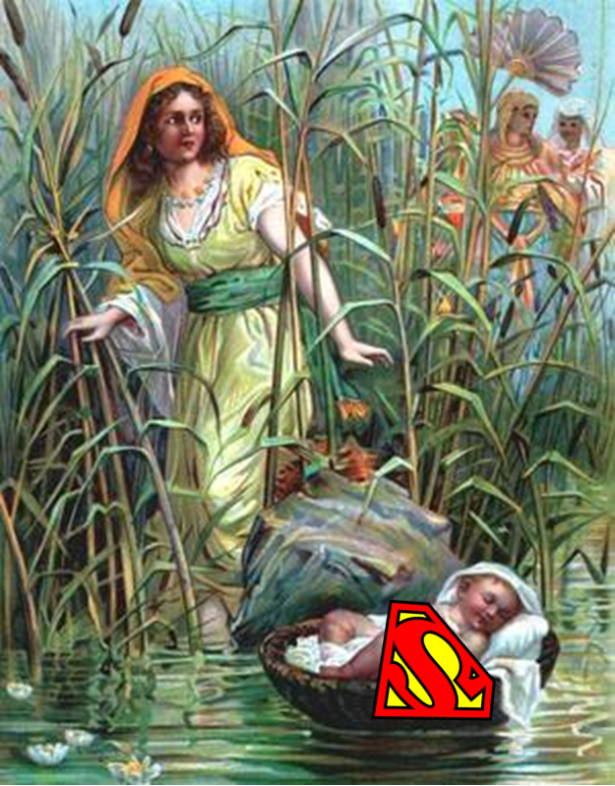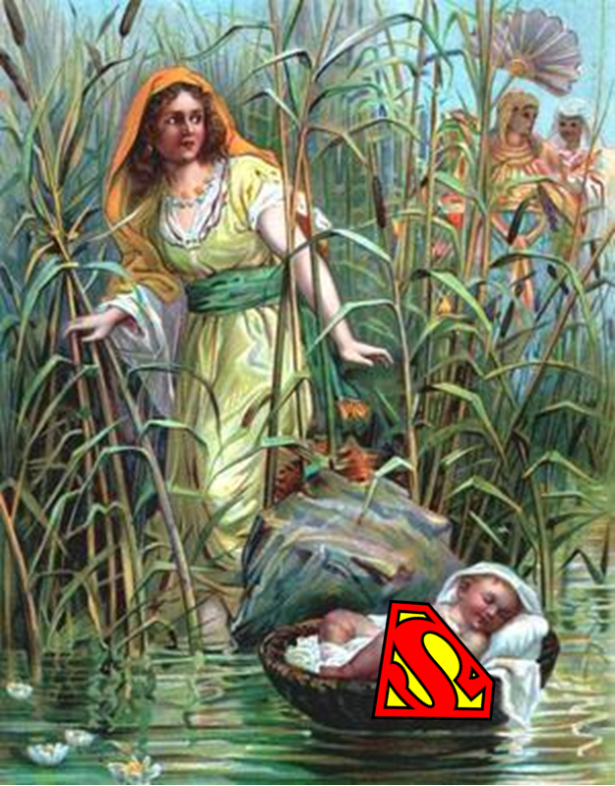
Chapter Two
If The Moon Had No Face
“Nowadays is a civilization in which the prime emblems of poetry are dishonored. In which serpent, lion and eagle belong to the circus-tent; ox, salmon and boar to the cannery; racehorse and greyhound to the betting ring, and the sacred grove to die saw mill. In which the Moon is despised as a burned-out satellite of the Earth and woman reckoned as “Auxiliary State Personnel”. In which money will buy almost anything but truth, and almost anyone but the truth-possessed poet.”
Robert Graves The White Goddess
There is one indelible image I retain each evening gazing up at the night sky. It is that of a primitive dreamer, alone on a hillock, peering up at the Moon and finding the “face” of a benevolent deity peering back.
In modern culture we know this phenomena to be pareidolia, defined as:
“The imagined perception of a pattern or meaning where it
does not actually exist as in considering the moon to have
human features.”
We often read about urine stains, oxidized water spots, ice formations, and other “miraculous” manifestations of Jesus, or the Virgin Mary on a burnt tortilla, a malformed Lego, or a highway underpass and they almost always become objects of veneration for the breathlessly faithful.
Scientists attribute this trait to Sign Stimuli, an innate instinct for facial recognition in the mammalian, reptilian and avian species.
It is what we higher forms do. We scan for faces: happy ones, sad ones, frightening ones, friendly ones, threatening ones, and, above all, parental ones. Behavioral scientists have shown such filial faces to be imprinted in our DNA.
From birth we seek out the anatomical pattern of two eyes, nose and forehead of our parents, siblings, tribesmen, idols, both human and divine, friend and foe alike.[1]
Is this NOT what we do in movie theaters? We place all of our attention on the 40-foot projections of heroes, villains, gods, demons and movie stars and assign our allegiance and opprobrium accordingly.
In well-documented cases of cross-species transference, it doesn’t really matter if it is the same species — any punim will suffice! Cats befriended by dogs, wild turkeys by human caregivers, or in the countless legends of heroes adopted and reared by wolves, lions, goats or apes. Indeed, the face is the thing! (Romulus and Remus, Tarzan, The Jungle Book).
Science describes these Innate Releasing Mechanisms as a tool of survival. The propensity to detect patterns and portend events and make up legends from such unlikely sources as animal intestines, clouds, tealeaves, moss on rocks, or even a cluster of stars. We look, and often find, images, situations, and likenesses everywhere, and often in the oddest of places.
Whether a stroll down the block, mall, forest grove, or, rock concert we constantly survey, examine, judge, befriend, fall in love with, and shun, faces, of all shapes, size and colors.
There is considerable evidence this primitive pareidolia in the Man in the Moon gave rise to the first notion of a heavenly deity ruling over us from above.
It was not a passive relationship either. For the all-powerful Moon controlled the tides, the crops, the planting seasons, and women’s menstrual cycles.
To add to its majesty and mystery, it animated spectacularly each month from a big bright shiny “Man” into the majestic “horns” of a bull.
With such an ongoing drive-in movie on display, is it any wonder that the first creatures of human veneration were cows and bulls, or that the first temples of High Neolithic civilization (3500 B.C.E), the Sumerian ziggurats, were working barnyards where these blessed “Moon Beings” roamed, and the science of animal husbandry was born?
We still see vestiges of this ancient reverence in India today where proper Hindus will starve before turning to these sacred horned creatures for their meat.
Etymologically, it is from the Sanskrit Mé where we derive the root words: Man, Woman, Month, Moon, and menstrual. The Egyptian goddess Mé, or Maat, referred to the ethereal unseen power of the heavens rent upon the earth, a corollary to the Nordic Wyrd, the eastern, Tao, and even “The Force” in Star Wars.
According to Dr. Stanley Gooch, the late British psychologist and originator of the Hybrid-Origin Theory[2], it is from these lunar observances we derive our monthly and yearly calendar.
Gooch’s calculations were made by multiplying the average female’s 28-day menstrual cycle by the priestly-endowed number 13 to arrive at the approximate days in a year 28 X 13 = 364.
He goes on to explain how the number 13 was revered by ancient pagan societies representing the shaman, or priest, and 12 elite or noble members of a tribe. Later that number was anathematized by the church and changed to the more Christianized 12 so as to erase any trace of its pagan roots.
Today we continue that tradition in our courts, bar mitzvahs, jury boxes, minyans, elevators, skyscrapers, zodiac, and the pre-ordained number of disciples any self-respecting world teacher should amass.
Likewise, “Lucky Number 7” dates back to early stargazing civilizations (3,500 B.C.E) where it was considered a “godly number” symbolizing the known universe: Sun and Moon, and the five visible planets of Mercury, Venus, Mars Jupiter and Saturn with the Earth as the geocentric center.
It is recorded that the Pharaohs made purchases in bundles of seven. There are seven days of the week, seven sisters, seven colors of the rainbow, seven spheres, seas, continents, seven planets, seven heavens, and seven wonders of the ancient and modern worlds.
For inveterate gamblers it is, indeed, “lucky” that seven was of no apparent threat to the priestly cults, lest, it too, should suffer the ignominy of its poorer cousin, the number 13[3].
I find it deliciously ironic that we rely on so many advanced technologies in our workaday world and yet still set our clocks, business appointments, stock markets, and holidays around women’s menstrual cycles.
Monday takes its name from Mani, an early appellate for that primary deity, the Moon. Tuesday is named after the proto Germanic Norse god of War, Tyr, commonly associated with Mars. Wednesday is attributed to the Norse god Wotan, Odin, or Wodan. Thursday is derived from the Norse, and probably earliest of Bronze Age god/heroes, Thor. Friday takes its name from Odin’s wife, the goddess, Freya, or Frigga. Saturday is named after the god Saturn and his planetary namesake. And, finally, Sunday or Sun’s day, after the twin gods of Mani and Sol, sun and moon, from ancient Indo-Aryan and Norse mythologies.
The ultimate question before all aspiring mythmakers is, if we still rely on so many attitudes, myths, symbols, and deities of yesteryear, by what measure do we assign some to eternal truth and others to abject fantasy?
Or, can we reasonably assume with volumes of science, history and empirical evidence to support it, they are ALL constructs of the vast human imagination?
“It is one of the great lessons of our study [of religions] that for the vulgar, ill- or uninstructed mind, myths tend to become history,”
Joseph Campbell
[1] E. Kaila, Die Reaktionen des Sauglings auf das mensliche Gesicht
[2] The Dream Culture of the Neanderthals, 1981 Inner Traditions January 12, 2006
[3] Triskaidekaphobia from Greek tris meaning “3”, kai meaning “and”, deka meaning “10” and phobos meaning “fear” or “morbid fear”)




